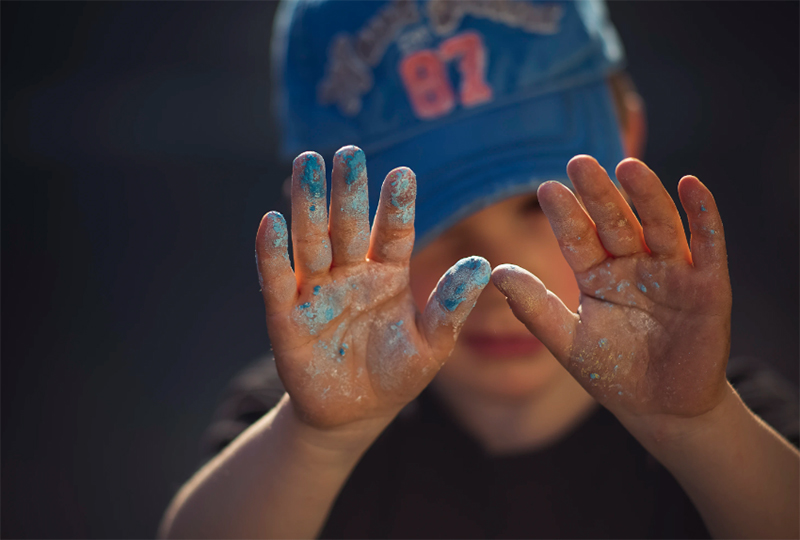 Childhood Injuries
Childhood Injuries
Managing Childhood Injuries: Addressing Falls as the Most Common and Deadly Threat
Childhood injury is one of the leading causes of death globally. Out of all childhood injuries, falls are the most common causes of injury. Though most injuries sustained from falls may be minor, falls from height causing multiple severe injuries may be a significant cause of morbidity and mortality, with long-term sequelae of severe cognitive and physical disabilities.
Three factors can influence the seriousness of the fall:
· The height from which the child falls from (chair, stairs, balcony, window, etc.)
· What the child falls onto (concrete, carpet, gravel, etc.)
· What the child may hit as they fall (furniture with sharp edges)
Obviously, the greater the distance of the fall and the harder the impacting surface, the greater the likelihood of serious injury. However, each incident is different. Some children who fall from great heights too may have no serious injury, while other children fall off the couch onto the carpet and sustain fractures.”
Subhajit, a 7-year-old boy, fell from a height of 24 feet and was admitted to the Paediatric Intensive Care Unit (PICU) in Peerless Hospital under me. He suffered fractures in multiple facial bones including the frontal bone, maxillary bone, zygomatic arch, and nasal bone, along with fractures in both lower arms.
Initially he was bleeding profusely and was in hypovolemic shock and required multiple blood product transfusion. A few days later as he was slowly recovering he developed symptoms such as photophobia (intolerance to light), severe headache with profuse vomiting, and hypotension, leading to severe septic shock.
He was diagnosed with meningitis (infection of brain and covering of brain) due to a Cerebrospinal fluid (CSF) leak resulting from the maxillary bone fracture. His blood pressure was falling, requiring vasopressor medicines to keep his blood pressure normal. After rigorous fluid and aggressive antibiotic management, he gradually improved and planned for orthopedic surgery. He was discharged and later planned for staged reconstructive surgery for his skull fracture.
The survival of trauma patients hinges on effective management during the critical first hour, known as the “Golden Hour”. This requires a well-coordinated effort from emergency and intensive care teams, employing a structured approach to care. Early identification of complications and prompt management are crucial components of this multifaceted approach, underscoring the importance of a strong team and timely interventions.
Trauma in children can have profound and long-lasting effects on their overall well-being. Children may experience trauma from various sources such as abuse, neglect, accidents, or witnessing violence. The impact of trauma can manifest in a range of emotional, behavioural, and physical symptoms.
These may include anxiety, depression, aggression, withdrawal, nightmares, bedwetting, academic struggles, and unexplained physical complaints. It's crucial to approach children who have experienced trauma with sensitivity and provide them with a safe and supportive environment.
Trauma-informed care involves understanding the child's experiences, building trust, validating their feelings, and offering appropriate therapeutic interventions. Collaborating with caregivers, educators, and community resources is essential in supporting children's recovery and promoting resilience.
Support Our Journalism
We cannot do without you.. your contribution supports unbiased journalism
IBNS is not driven by any ism- not wokeism, not racism, not skewed secularism, not hyper right-wing or left liberal ideals, nor by any hardline religious beliefs or hyper nationalism. We want to serve you good old objective news, as they are. We do not judge or preach. We let people decide for themselves. We only try to present factual and well-sourced news.






